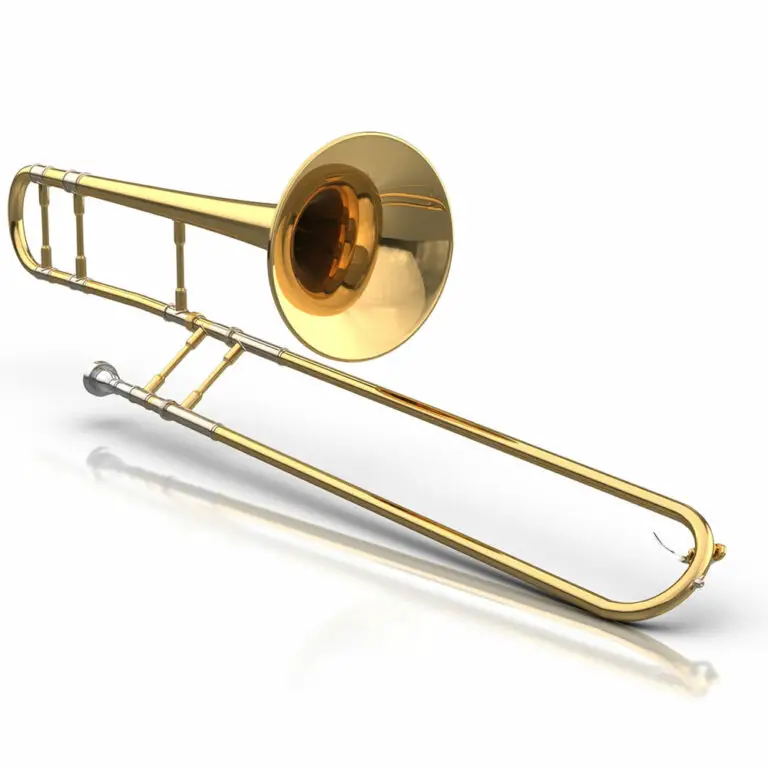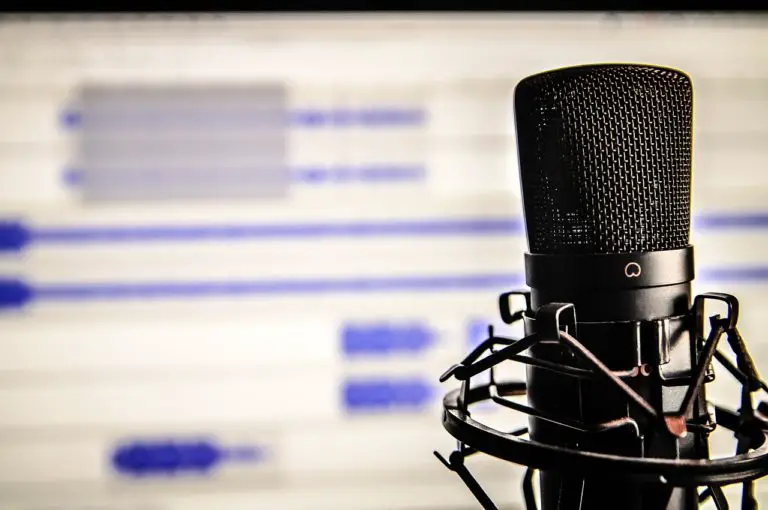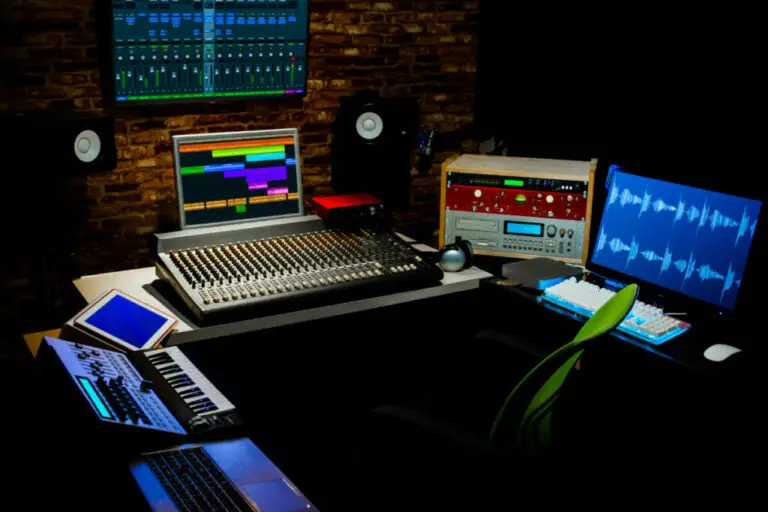Studio Monitors Vs. Speakers: How Do They Differ
I set up a sound system in my new studio a couple of weeks ago. While setting it up, I might’ve mixed up my sound monitors and speakers. I’m sure I’m not the first to do this, so I want to share the answer to this question: In a battle of studio monitors vs speakers, how do they differ?
Studio Monitors recreate the authentic audio sound from a studio mixing environment. Compared to speakers, which are for entertainment and are not ideal for audio production. Studio monitors reproduce a flat frequency response to audio recording playbacks. This means there is no distortion in the sound recreation, so sound-enhancing features from regular speakers don’t impact how you edit clean sound.
What are Stereo Speakers?
Hi-Fi Stereo speakers are made to enjoy music from stereo systems (with a right and left channel). They often contain some distortions mixed in their sound reproduction. These distortions are usually for enhancing or reducing tones in the audio to improve entertainment.
You can add a Hi-Fi stereo speaker to a wide range of audio setups, which you can tune to suit various tastes and needs. It could be just what you need for your home theater system. It might be the perfect choice to enjoy your favorite music.
Speakers come in many forms, but their primary purpose is sound appreciation. This makes them the perfect choice for people who want to enjoy the sound without the impeccable sound recreation of studio monitors.
You are meant to enjoy speakers, which means exciting and dynamic changes to your audio. For instance, many people get powerful subwoofers because they like loud bass in their music.
This implies that you should choose speakers with distortions and tone quality to match your preference. So, you can get a speaker and an integrated amplifier that would be ideal for that specific genre of music you enjoy most.
What are Studio Monitors?
Studio monitors are a type of speaker used by sound professionals who spend their time mixing audio. Audio professionals use this for mixing, mastering, editing, and recording sound.
Studio monitors reproduce sounds with no extra features. This means they are not made for sound appreciation. Instead, they accurately reproduce the audio and let audio engineers get a clear sonic representation.
The ideal place for your studio monitor would be a stand that isolates sound, like one floating in the air. You can use them effectively in either small or medium-sized spaces. The difference between speakers and studio monitors is their use; while studio monitors are tools, speakers are for entertainment.
Studio monitors remove distortions in sound, which doesn’t help with entertainment. You should expect precise recreation of sound from studio monitors. As an audio engineer that requires accurate reproduction of sounds during audio mixing, this can help with precise sound editing.
However, you should monitor your audio mixes on many audio systems to ensure it sounds good in any setting. Even though they produce the most accurate sound reproductions, listeners rarely use studio monitors. However, many sound engineers often combine the two to test their mixes in different environments.
Studio monitors reproduce accurately because of their flat frequency response. This ensures all audio is at the same level, making it easier to pick out sounds that aren’t naturally boosted (like through an equalizer)
Because of the complexity of studio monitors, they are hard to build and are often more expensive than normal speakers.
However, different brands often offer different frequency responses, which means some studio monitors would have flatter frequency responses than others.
Comparing the Features
| Feature | Studio Monitor | Speaker |
| Frequency response | Flat, uniform response | Varies based on brand and size and can be modified |
| Sound Projection | Short Distances | Long distances |
| Power Amplifier | Inbuilt | External |
| Type | Active | Passive |
| Usage | Ideal for small spaces like a home studio | Ideal for a home theater system |
| Crossover | Inbuilt | External |
| Main Purpose | For getting accurate sound reproduction with no distortion | For entertainment purposes |
| Concert Usage | Inward-Facing to enable the musician to hear the tune and keep up | Audience Facing for optimal sound entertainment |
| Price | Often more expensive | Usually more affordable |
1. Active Vs. Passive Speakers
Most studio monitors you can buy are active speakers, while most speakers are usually passive. Active speakers often come with inbuilt power amplifiers, while passive speakers generally require the help of external amplifiers. These power amplifiers make it easier to adjust the sound on a studio monitor than on speakers.
2. Power Amplifiers and Crossovers
Studio monitors often come with one woofer and tweeter in each cabinet and an external crossover (a component responsible for dividing signals into high or low frequencies) to prevent sound distortion and frequency mixing.
This feature is vital in ensuring the monitor keeps sound constant no matter the frequency range, unlike speakers.
The built-in amplifiers are also one of the leading causes of higher monitor prices compared to speakers. These amplifiers make it easier to adjust the volume of sound mixes relative to other instruments.
3. Sound Projection
Speakers can project sounds to cover a wide area, while studio monitors function better for shorter distances. Speakers can quickly cover large living rooms or outside areas. At the same time, studio monitors are better in smaller spaces like studios because they make it easier to keep the frequency response flat.
Conclusion
A good set of speakers or studio monitors is essential for music listeners and sound engineers. They significantly affect your sound experience.
A studio engineer’s ability to produce high-caliber work can be influenced by effective monitoring. Music enthusiasts shouldn’t ever compromise their system because of poor-quality speakers after spending money on a record collection, a great turntable, and high-quality cables.
Frequently Asked Questions
● Can any speaker be used as a studio monitor?
Regular speakers may be used as studio monitors, but the sound would be distorted. Studio monitors add almost nothing to the source signal, faithfully reproducing the recorded sound.
- Why do studio monitors sound different?
A studio monitor plays back sounds with flat frequency response. It doesn’t increase any sound wave’s frequencies, such as the bass or treble ones. That doesn’t imply that the sound has a poor wave, though.
- Why are studio speakers called monitors?
Simply put, monitor speakers are loudspeakers we employ to create audio and music. They are used for monitoring, or attentive listening, during recording, mixing, and mastering, which is why they are also known as studio monitors or monitor speakers.
- What’s the difference between studio monitors and bookshelf speakers?
Studio monitors mimic the actual sound of the audio because they are made for monitoring a mix in studio settings. Despite being the same size, bookshelf speakers are not as accurate in audio reproduction because they focus more on enjoyment.
- Do studio monitors need an amplifier?
No. With very few exceptions, studio monitors are “active” or “powered” speakers, meaning the power amplifier is integrated into the speaker cabinet.







